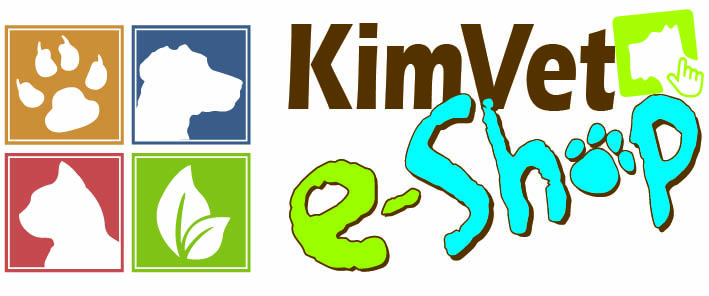Spot the Subtle Signs Before It's Too Late

Chronic Kidney Disease (CKD) is one of the most common illnesses affecting older cats—but because it progresses slowly over time, it often goes unnoticed until symptoms become serious. At Kimvet, we believe early awareness can make all the difference in helping your feline friend live a longer, healthier life.
Let’s take a closer look at the tell-tale signs and what they really mean.
Loss of Appetite & Weight Loss
Cats with CKD often lose interest in food due to nausea, toxin buildup in the blood, or oral ulcers. Even picky eaters will show a noticeable drop in enthusiasm for meals. As appetite decreases, gradual weight loss can follow—especially concerning in senior cats.
Increased Thirst & Frequent Urination
One of the earliest and most common signs, these symptoms occur because damaged kidneys can’t concentrate urine properly. You might notice your cat drinking from unusual sources (taps, plant trays) and needing the litter box more frequently.
Weakness, Lethargy & Sleeping More
Toxins in the bloodstream and poor hydration may leave your cat feeling sluggish. If they’re not playing like they used to, or snoozing far more than usual, it’s worth noting—especially when combined with other symptoms.
Changes in Coat & Grooming Habits
A dull or matted coat can reflect internal health issues. Cats with CKD often reduce grooming because they feel unwell or fatigued. Some may also experience dehydration, which dries out the skin and fur.
Dull or Sunken Eyes
Eyes are windows to your cat’s health. In cases of dehydration or advanced CKD, the eyes may appear hollow, cloudy, or lose their bright clarity. These are subtle signs, but they can reveal a lot about your cat’s overall condition.
Bad Breath (Halitosis)
CKD can lead to uremic breath—a sharp, ammonia-like odor caused by toxins accumulating in the body. If your cat’s kisses smell more pungent than usual, it’s not just a dental issue.


None of These Signs Are Exclusive to CKD
Here’s the tricky part—most of these symptoms could indicate a variety of health issues. That’s why your vet may run tests like bloodwork and urinalysis to determine kidney function. A diagnosis of CKD is rarely based on just one symptom.
What You Can DoMonitoring changes at home is crucial. Keep a journal of behavior shifts, appetite levels, hydration, and litter box usage. Follow up regularly with your vet, especially if symptoms worsen or new ones appear.At Kimvet, we’re here to support every step—from diagnosis to dietary adjustments and long-term care plans. Your cat’s comfort and quality of life matter deeply to us.
Nutritional Goals for Cats with CKD
-
Reduce phosphorus: Helps slow kidney damage and reduce symptoms like nausea and vomiting.
-
Moderate protein: High-quality, easily digestible protein supports muscle without overloading the kidneys.
-
Increase moisture: Hydration is critical—wet food or added water helps compensate for fluid loss.
-
Control sodium: Mild sodium restriction may help manage blood pressure and reduce kidney workload.
-
Boost potassium: Cats with CKD often lose potassium in urine, so diets may include extra to prevent weakness.
-
Add omega-3 fatty acids: EPA and DHA from fish oil can reduce inflammation and oxidative stress on kidneys
Recommended Diet Types
| Diet Type | Features | Notes |
|---|---|---|
| Prescription renal diets | Low phosphorus, moderate protein, added omega-3s, potassium, and antioxidants | Best for cats in IRIS CKD stages 2–4 |
| Moisture-rich foods | Canned or rehydrated meals to support hydration | Encourages water intake and reduces risk of dehydration |
| Homemade diets | Customizable with vet guidance | Must be carefully balanced—consult a veterinary nutritionist |
Foods to Avoid
-
High-phosphorus foods: Organ meats, dairy, fish bones
-
High-sodium treats: Processed snacks, deli meats
-
Low-moisture kibble: Can worsen dehydration unless supplemented with water
Feeding Tips
-
Warm wet food slightly to enhance aroma and encourage eating
-
Offer multiple small meals throughout the day
-
Use pet-safe broths or tuna juice to improve palatability
-
Monitor weight and appetite regularly
-
Keep fresh water available at all times—consider a pet fountain
Showing 1–12 of 30 results
-

Adult Senior Ageing 12 Years, Cats Food, KimVet e-Shop, Royal Canin
Price range: R112.11 through R800.38 -
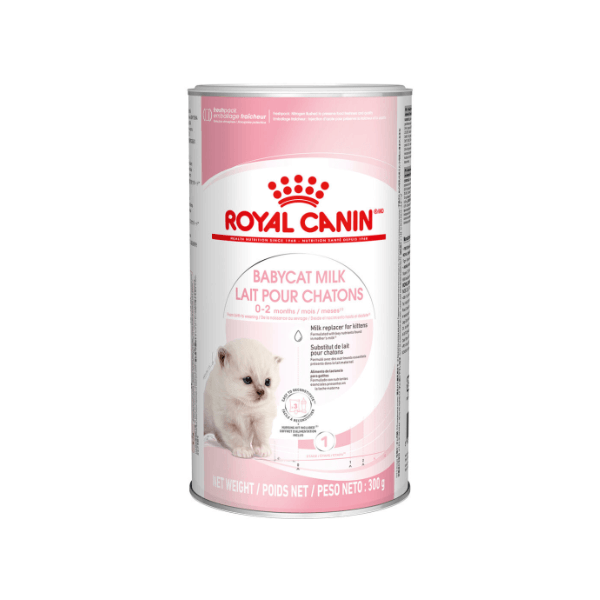
Kitten Babycat Milk 300g, Cats Food, KimVet e-Shop, Royal Canin
R429.14 -

Adult Savour Exigent, Cats Food, KimVet e-Shop, Royal Canin
Price range: R115.68 through R1,638.95 -

Adult Hairball Care, Cats Food, KimVet e-Shop, Royal Canin
Price range: R504.77 through R881.92 -
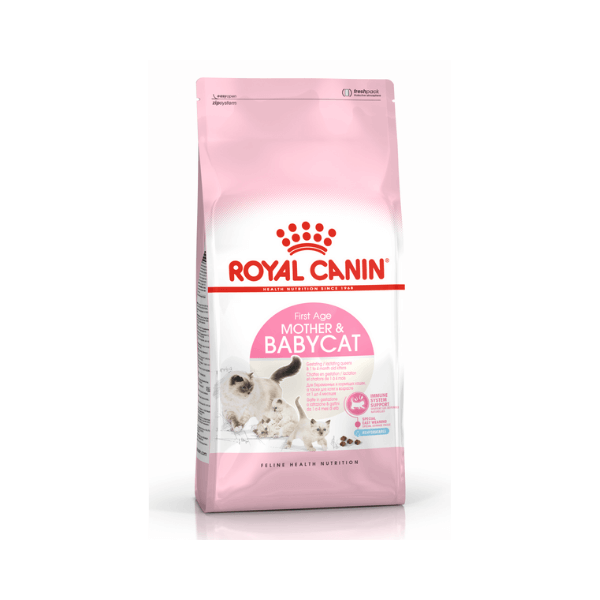
Kitten Mother And Babycat, Cats Food, KimVet e-Shop, Royal Canin
Price range: R106.46 through R790.20 -
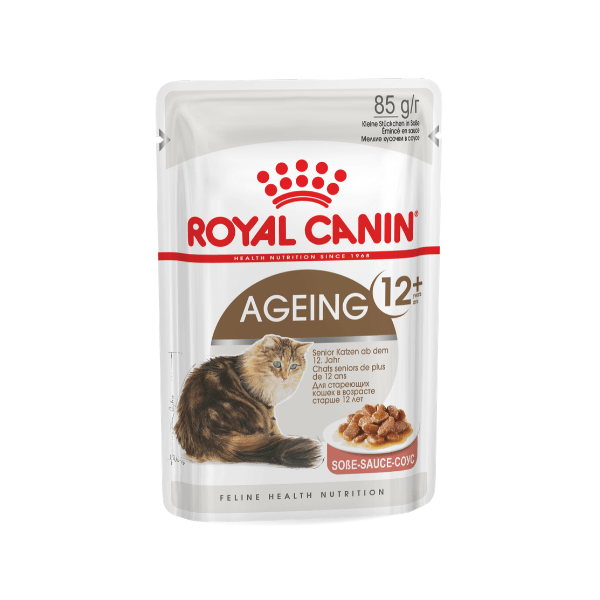
Adult Senior Ageing 12 Years Gravy 85g, Cats Food, KimVet e-Shop, Royal Canin
R24.16 -

Kitten Mother & Babycat Mousse 195g, Cats Food, KimVet e-Shop, Royal Canin
R43.21 -
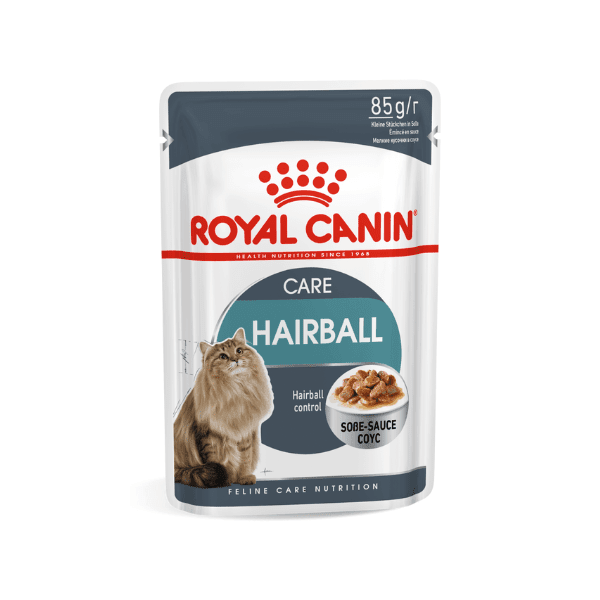
Adult Hairball Care Gravy 85g, Cats Food, KimVet e-Shop, Royal Canin
R24.16 -
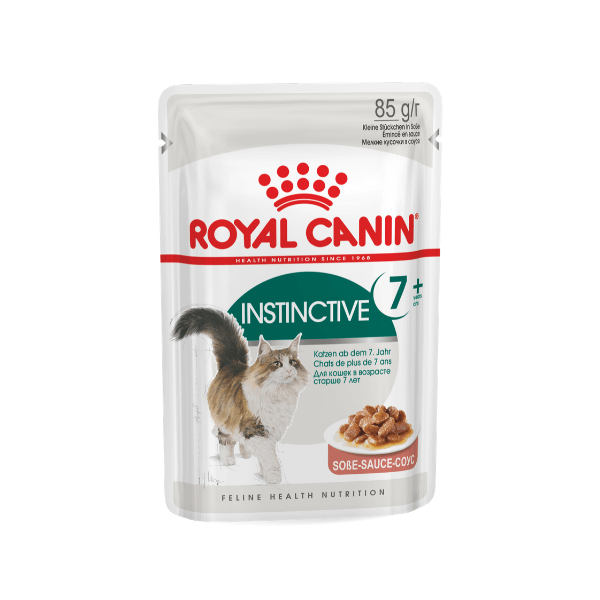
Adult Instinctive 7 Years Gravy 85g, Cats Food, KimVet e-Shop, Royal Canin
R24.16 -

Adult Senior Optimal Balance, Cats Food, KimVet e-Shop, Ultra Pet
Price range: R276.01 through R527.00 -

Adult Indoor 27, Cats Food, KimVet e-Shop, Royal Canin
Price range: R453.12 through R795.41 -
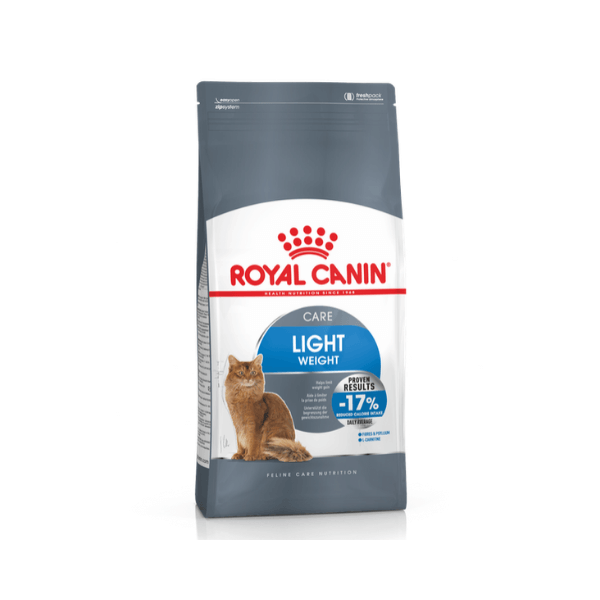
Adult Light Weight Care 3kg, Cats Food, KimVet e-Shop, Royal Canin
R612.00
